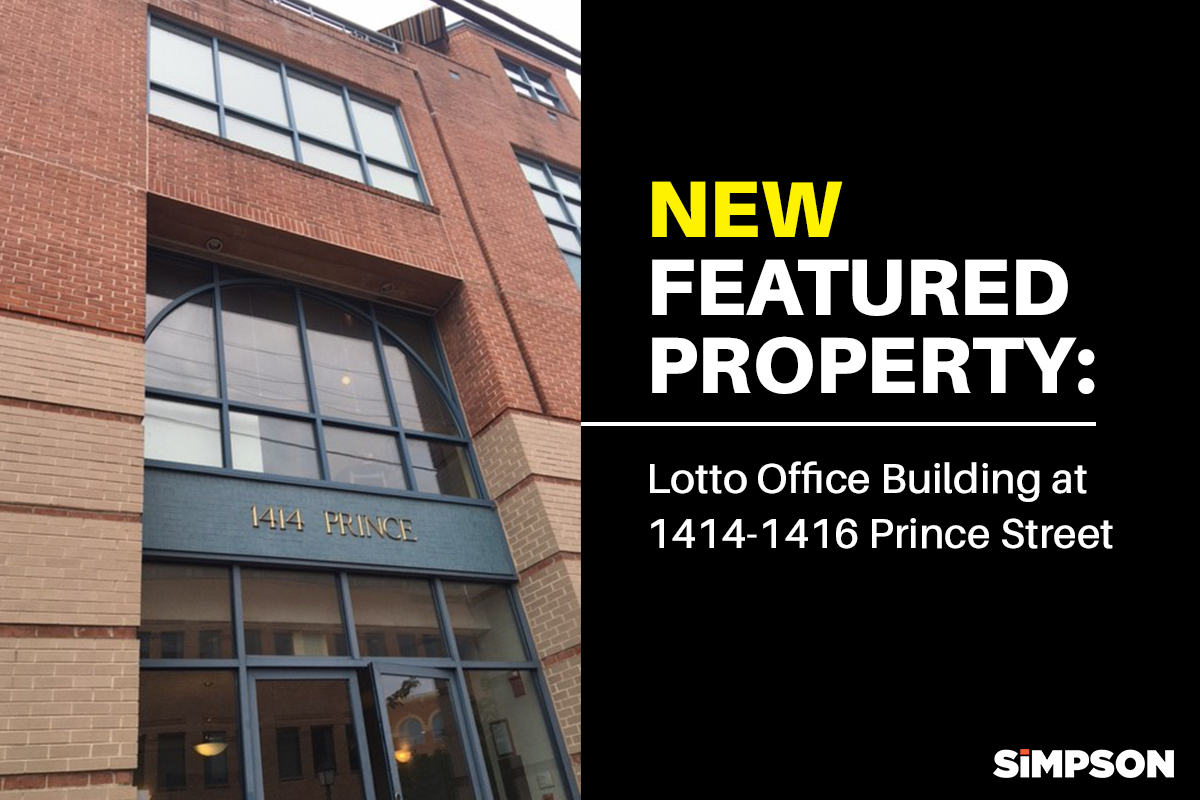Click here to read the entire article.
For centuries, the Potomac River in Alexandria was a place of commerce. Mills and warehouses lined the river banks, a military munitions plant dominated the center point, and rail lines connected to inland routes or factories. Enslaved people from distant lands disembarked from early colonial times until the Civil War.
Now the riverfront, like the city itself, is changing. From King Street south, decrepit warehouses have been torn down and replaced by a boutique hotel, pricey new townhouses, a relocated private boat club and an already popular interim park with interactive art.
Still to come is another mixed-use building with luxury condos and a reproduction of the Continental Navy’s first warship.
“It’s fun to see what we planned come together,” said Mayor Justin Wilson (D). “I’m dumbfounded at the number of people who are there, using that space.”
Critics, who for years fought the introduction of what they described as an overly dense combination of hotels, residences and restaurants at the waterfront, have mostly fallen silent, though they still predict growing problems with traffic and parking.
City officials and others invested in the project say the benefits of the remade waterfront will far outweigh the drawbacks, even though a major redevelopment a few blocks to the north — on the site of the old Robinson Terminal North — stalled amid rising construction costs and failure to snag a “trophy”-level hotel. That property is again up for sale.

City planners first proposed redesigning the waterfront into a more cohesive experience in 2011, convinced that they could spur the creation of new gathering places — and, not incidentally, pay for it by allowing new hotels and housing.
Opponents staged demonstrations and fielded challengers for the City Council and mayor. After a civic battle that lasted several years, including a raucous 11-hour council meeting, multiple legal challenges, a “do-over” vote and a mayoral election in which the waterfront was the major issue, the new riverfront began to take shape.
Alexandria may spend as much as $120 million on new infrastructure, landscaping and services at the waterfront, an investment that city officials say they will recoup over the next 20 to 30 years from taxes generated by the development.
In all, 70 townhouses and 26 condominiums are planned on the site of the old Robinson Terminal South, at Union and Duke streets. Seventy percent of the townhouses have been sold, for prices starting from $1.2 million. So far, three townhouses are occupied.
“We bought this thinking it will be our permanent home,” said Gloriana Echeverria Martin, 40, who moved from the District’s Foggy Bottom neighborhood in January, with her husband, Alonso Garza Zorrilla, and their dog, Lucy.
Her commute to the World Bank in downtown Washington is longer, but she can walk to the King Street Metro stop. Garza Zorilla, 43, drives to Tysons where he works in real estate. The couple said they like that their townhouse is new and has a rooftop terrace, and they appreciate Old Town’s ambiance.

The condos, still under construction, are drawing significant interest, said Evan Goldman, executive vice president of EYA, which is developing the site with JBG Smith Properties and Mitsui Fudosan America. It is an upscale development with all the expected perks: yoga studio, bicycle shop, fitness center for humans and grooming spa for dogs.
Just a year ago on this site, the last of three 18th-century ships and more than 100,000 historical artifacts drew fascinated viewers. The ships (and another one found earlier) had been scuttled in the late 1700s or early 1800s as landfill to expand the waterfront. A marker in the new sidewalk will delineate the 1749 shoreline.
Nearby will be a 267-seat “chef-driven” restaurant, as well as a separate cafe, with half its seats on an outdoor pier. Just north is the boutique Hotel Indigo, opened two years ago, and a small condo project with ground-floor retail is coming soon.
A planned promenade eventually will create continuous public access along the river from Daingerfield Island, just south of Reagan National Airport, to Jones Point Park, just north of the Woodrow Wilson Bridge on the Capital Beltway.
Bert Ely, an Old Town resident, was one of the opposition leaders whose concern about traffic and noise from the project spurred a fight that forced developers to use barges to bring in and take out fill and debris for Robinson Landing. The change tripled the removal costs but eliminated 2,200 truck trips through the neighborhood.
The biggest problem now, Ely said, has been lax enforcement of construction traffic routes and parking rules for workers. As more restaurants open, he expects problems with visitor parking as well.

City officials say there are sufficient spaces in nearby commercial garages, and they will encourage visitors to take the free King Street trolley, use taxis or ride-hailing services, or walk.
“Failing communities never have parking problems,” said Wilson, the mayor, who recently tweeted a copy of a 1969 letter to the city written by Supreme Court Justice Hugo Black, making a complaint about parking near his home.
Concerns about flood control are being addressed through a $65 million project to stop rainy-day flooding and protect the area from sea-level rise.
The interim park at the foot of King Street, built after decades of acrimony over the fate of the Old Dominion Boat Club, has proved so popular that visitors complain the trash is not picked up often enough, although the receptacles are emptied twice a day.
Debbie Keppler, 60, and her husband, Jim, 61, were the first to move into Robinson Landing in December. Keppler, a 40-year resident of Alexandria, said she considered the old warehouses that used to occupy the site “eyesores,” and loves the new restaurants and other amenities that surround her new home.
“Last night . . . I said, ‘Let’s go out for ice cream,’ ” she said in April. “We can walk two blocks and have three ice cream stores.”



